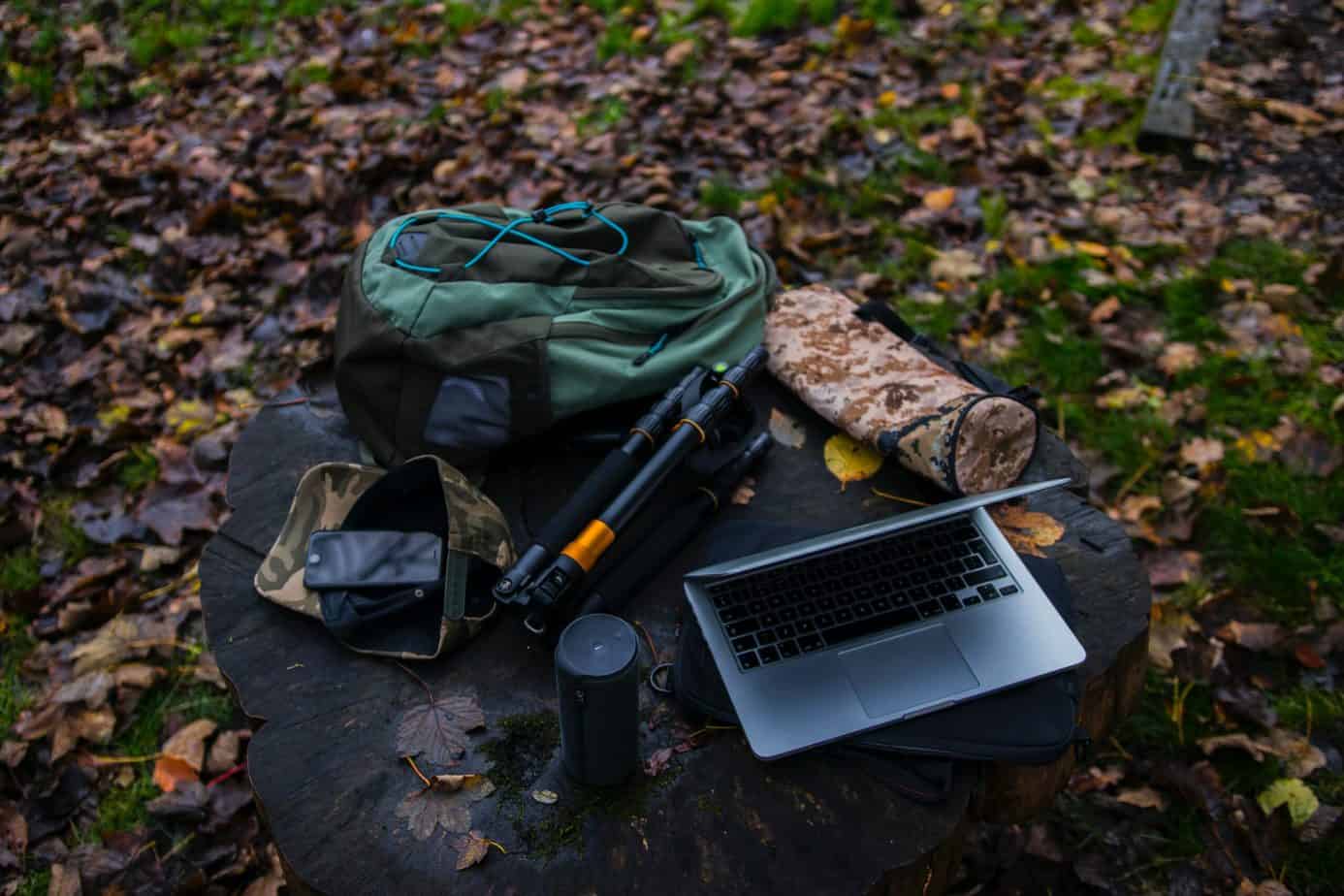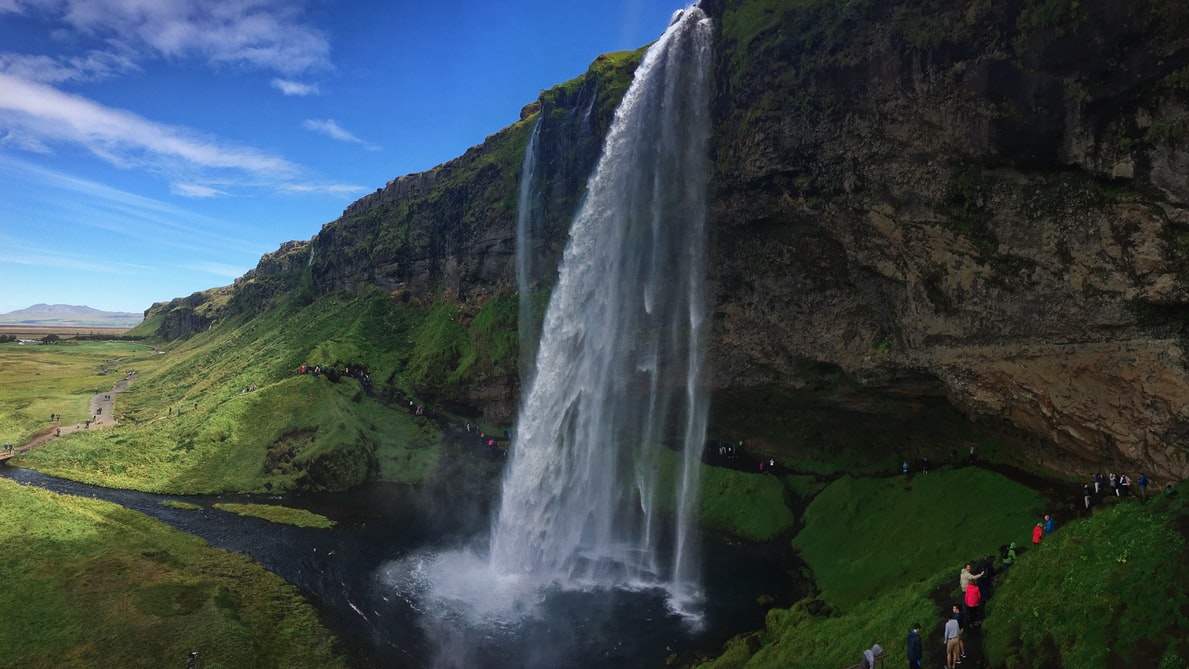Automating your marketing efforts is crucial in today’s fast-paced world of travel and tourism. And tour operators need to find innovative ways to reach their target audience without having to hire an additional staff member to take care of it. That’s where marketing automation comes in. It’s a great solution for tour operators to help automate their marketing processes as a small business (or large business, even). In this post, we’ll cover the benefits and strategies that tour operators can employ to automate their marketing efforts, streamline operations, and drive remarkable success.
Table of Contents
Create Automated Email Campaigns
Personalize Visitors’ Website Experiences
Measure Success (Or Failure) With Analytics
Marketing Automation Best Practices

What is Marketing Automation?
First, let’s define what “marketing automation” even is. Marketing automation is using technology and software to automate repetitive marketing tasks and workflows. This helps tour businesses streamline their marketing efforts, increase efficiency, and deliver personalized experiences to their audience. It uses automated processes, tools, and platforms to manage and analyze marketing campaigns across multiple channels.
Marketing automation encompasses a range of activities, like email marketing, lead generation, lead nurturing, customer segmentation, social media management, analytics, and reporting. You can use it to automate repetitive tasks, like sending targeted emails, posting to social media, tracking customer interactions, and analyzing campaign performance.
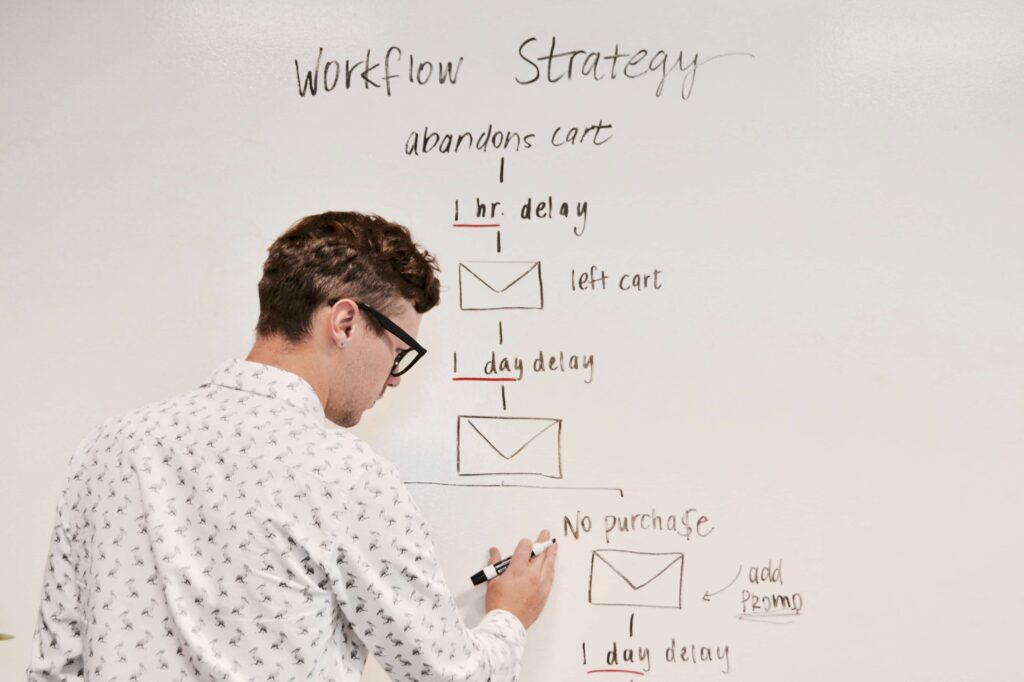
Create Automated Email Campaigns
Email marketing is a valuable tool for tour operators and automation can amplify its impact. By using email marketing automation software, tour operators can create personalized and targeted email campaigns to send to their clients and potential clients.
Further, automation helps operators segment their email lists based on client preferences, behaviors, and demographics. By automating email delivery, operators can schedule emails ahead of time. They can choose who and what to send to clients, and at a time when clients are more likely to engage, which can improve open rates, click-through rates, and conversions.
To start automating your email marketing, here are some steps to take:
1. Choose An Email Marketing Automation Platform
Select a reliable email marketing automation platform that works for you, your staff, and your tour guiding business. Some popular choices are Mailchimp, ActiveCampaign, and ConvertKit. Consider factors like ease of use, features, scalability, and integration capabilities with other tools (pssst… Origin integrates with MailChimp).
2. Build an Email List
You’re going to need an email list to send emails to. Create a database of subscribers who have either gone on your tours or expressed interest in your tours, or have opted to receive marketing communications from your company. If you don’t have an email list yet, add lead capture forms on your website, social media platforms, and landing pages to collect email addresses and relevant customer information.
3. Segment Your Email List
Segmentation allows you to group subscribers based on various criteria such as demographics, interests, past interactions, or booking history. For example, you can create a list for every tour you offer. This way, you can deliver highly targeted and personalized content that resonates with each group instead of sending a general email that won’t feel personable at all.
Segmenting your email list will likely improve engagement (e.g. subscribers opening, reading, and interacting with your email) and lead to higher conversion rates (e.g. subscribers booking a trip with you).
4. Create Engaging Email Templates
Design visually appealing and mobile-responsive email templates that show off your business’s personality. Are you serious and professional? Or is your company more fun and relaxed? Design your emails to personify that.
Then craft compelling subject lines and content that grabs the attention of your subscribers. Think about what would make you want to open an email. What kind of subject line draws your attention? Within the email, use a combination of text, images, and calls-to-action (CTAs) to drive engagement and conversions.
5. Set Up Automated Workflows
Email automation workflows are a series of pre-made emails triggered by specific actions or events which don’t need anything manually done once it’s live. For example, you can set up a welcome email series to engage new subscribers or a follow-up series for customers who’ve booked a trip with you. You can pick the days emails are sent so you don’t have to worry about it once it starts sending.
Determine the goals and objectives of each workflow and create a sequence of emails that deliver value and drive desired actions.
6. Personalize Email Content
Utilize the subscriber data you’ve collected to personalize your email content. Address your subscribers by their first name, reference their past trips, or recommend relevant tours based on their preferences. This kind of personalization will engage them better and helps build stronger relationships with your subscribers.
7. Automate Event-Based Emails
In addition to scheduled workflows, automate event-based emails triggered by specific actions or milestones. For example, send a birthday email with a special offer, follow up after a tour with a satisfaction survey, or notify subscribers of upcoming tours in their preferred destinations. These automated emails create timely and relevant connections with your subscribers.
8. Analyze and Optimize
Regularly analyze your automated email campaign performance. Track metrics such as open rates, click-through rates, conversion rates, and unsubscribe rates to figure out how effective your email marketing efforts are.
Use these insights to optimize your campaigns, tweak subject lines, experiment with different CTAs, and refine your email content to drive better results to reach your business goals.
9. Integrate with CRM and Other Tools
Integrate your email marketing automation platform with your Customer Relationship Management (CRM) system and other relevant tools (like Origin).
This helps you streamline data sharing, lead nurturing, and tracking customer interactions across multiple touchpoints and channels.
10. Continuous Testing and Improvement:
Keep testing and improving. A/B test different elements of your emails, like subject lines, content, CTAs, and visuals, to find out what resonates best with your audience. Implement what you learn from these tests to improve your email marketing strategies and grow your business.
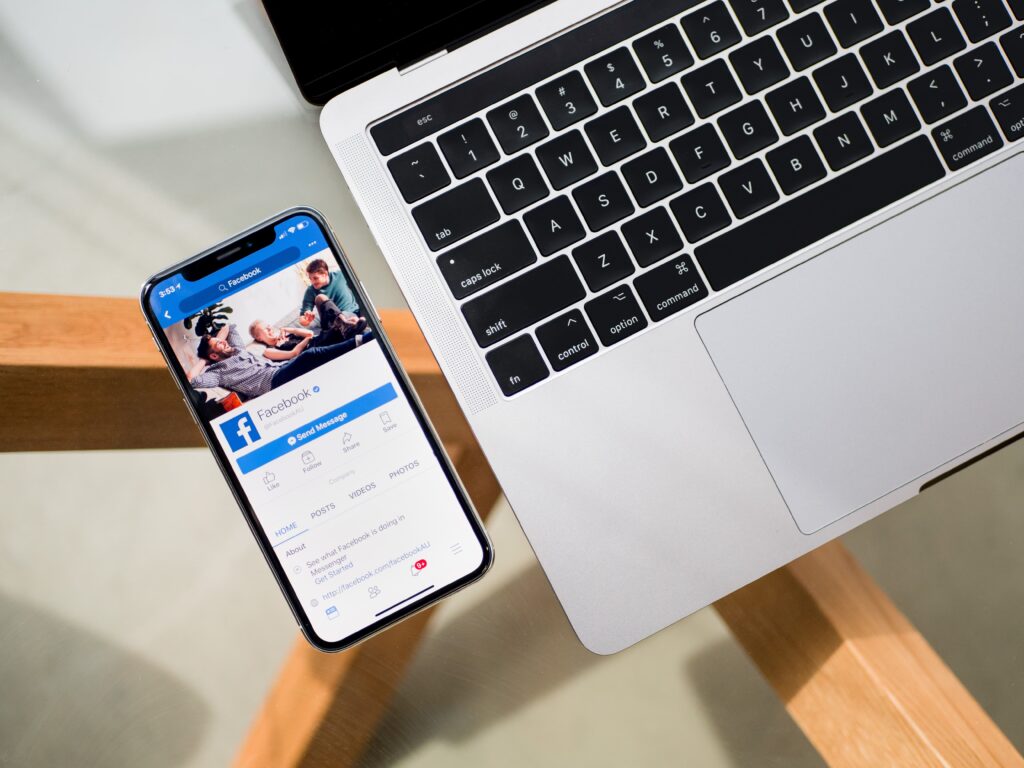
Automate Social Media Posting
With the influence of social media, especially on travel activities, tour operators need to have a strong online presence. Unfortunately, it takes a chunk of time to brainstorm ideas, find the photo or video, write a post, and actually post it.
Automation tools can help operators schedule and publish social media posts, track engagement metrics, and monitor conversations about their company without additional person-power.
Automating all of this helps operators can save time, maintain a consistent presence, engage with potential clients, analyze social media data, identify trends, and optimize their strategies for better results.
To stay on top of social media, here are some ways to automate it so you can spend your time guiding trips and building your business instead:
1. Choose a Social Media Management Tool
Select a reliable social media management tool that fits your needs. Some popular options include Hootsuite, Buffer, and Sprout Social.
Consider things like how easy it is to use, how it schedules posts, its analytics, and how it integrates with different social media platforms.
2. Define Your Social Media Strategy
Before you can start automating your social media, you have to develop a clear social media strategy. That means identifying your target audience, finding the platforms where they’re most active, and establishing your goals and key performance indicators (KPIs).
Make sure to align your social media content with your overall marketing objectives.
3. Create a Content Calendar
Develop a content calendar that outlines your social media content plan (there are a ton online if you don’t know where to start).
Next, determine the frequency and timing of your posts, and map out the types of content you want to share (e.g., blog articles, stunning visuals, user-generated content, promotions).
This calendar will become a guide for your automated social media activities and keep you focused.
4. Schedule and Publish Posts
What’s great about these social media management tools is that you can use them to schedule and publish posts in advance. So, say one night you’re bored or have free time, you can drum up a week or two’s worth of posts and schedule them in advance. Then you don’t have to think about posting for the rest of the week.
Create engaging and visually appealing content that aligns with your brand identity and resonates with your target audience. Then, include relevant hashtags and optimize your content for each specific social media platform.
5. Curate and Share Relevant Content
You can also automate the process of curating and sharing relevant content from other sources by setting up feeds or keyword searches within your social media management tool. This will help you discover industry news, travel tips, and inspiring content that will be valuable to your audience. This automation helps maintain an active presence without constantly creating original content too (which takes a ton of time itself).
6. Engage With Your Audience
While automation can handle scheduling and publishing, you can’t automate everything. You’ll still have to engage with your audience in real time.
Set aside time to respond to comments, messages, and mentions promptly. Personalized interactions and genuine engagement will build trust and loyalty with your audience.
Monitor and Respond to Mentions and Hashtags
Along with engaging with your followers, set up notifications or alerts within your social media management tool to monitor mentions of your brand, relevant hashtags, or industry-related conversations. This way, you can join discussions, answer questions, and respond to feedback or reviews in a timely manner.
7. Analyze Your Metrics And Optimize
Regularly review the analytics provided by your social media management tool. Track key metrics such as engagement rates, follower growth, click-through rates, and reach.
Analyze the data to understand which types of content and strategies work for you, and change up your social media approach accordingly.
8. Integrate With Other Marketing Channels
Integrate your social media automation with other marketing channels and tools to create a cohesive and synchronized strategy.
For example, you can automate sharing your blog posts or email newsletters on social media, or add social media sharing buttons to your website and emails.
9. Keep Experimenting With Social Media
Maintain flexibility and be open to experimentation. Test different types of content, posting frequencies, and strategies to find what resonates best with your audience. Regularly review and refine your social media automation processes to ensure they align with your evolving marketing goals and audience preferences.

Personalize Visitors’ Website Experiences
A personalized website experience is crucial for capturing and retaining customer interest. This means tailoring your website content based on visitor behavior, preferences, and previous interactions. By using automation, operators can provide personalized recommendations, targeted offers, and customized pop-ups that enhance user engagement and increase the chances of conversions. Automation also allows for real-time updates and customization to adapt to customer needs and preferences.
To automate your visitor’s website experiences, here are some steps to automate personalizing a website experience:
1. Implement A Website Personalization Platform
Choose a website personalization platform that suits your needs. Some popular options include SalesForce, Optimizely, and Adobe Target. Look for features like segmentation capabilities, real-time data integration, and personalization rule creation.
2. Define Segmentation Criteria
Identify the criteria you will use to segment your website visitors. This can be things like demographics, location, browsing behavior, past tour bookings, or any other relevant data points.
Determine the segments that are most meaningful to your tour operations and marketing goals. One of the platforms listed above should be able to help you with this too.
3. Collect and Integrate Data
Gather relevant customer data from your CRM system, marketing automation platform, and/or website analytics tools. Integrate this data with your website personalization platform to ensure you have a comprehensive view of each visitor. This way, you’re not shooting in the dark and instead, have real data to make the personalization real.
4. Set Personalization Rules:
Create rules within your website personalization platform to trigger personalized experiences based on the segmentation criteria you defined.
For example, you may want to display specific tour recommendations based on a visitor’s location or show personalized offers based on their past booking history.
5. Create Dynamic Content And Recommendations
Leverage your website personalization platform to change website content based on visitor segments. You can customize elements such as headlines, images, offers, and calls-to-action to align with each visitor’s interests and preferences.
Additionally, use recommendation algorithms to suggest relevant tours and activities based on the visitor’s browsing behavior or past interactions.
6. Custom Landing Pages And Pop-ups
Automate the creation of custom landing pages or pop-ups for different visitor segments. These pages can deliver targeted messages, promotions, or offers that are most likely to resonate with each specific audience segment.
Make sure to customize the content, visuals, and CTAs so you can connect with visitors and encourage them to book a trip with you.
7. Test And Optimize
Regularly test and optimize your personalized website experiences. Use A/B testing to compare different variations of your personalized content and measure its impact on engagement and conversion rates. Then analyze the data to see where people are disengaging and how you can make your content better.
8. Check Privacy And Compliance:
Ensure that your website personalization practices comply with privacy regulations and respect your visitor’s preferences by getting the necessary consent for data collection and use. Also, implement cookie consent and clearly communicate how visitor data is being utilized to personalize their website experience. This protects you as well.
9. Continuously Monitor The Happenings On Your Website
Maintain regular monitoring for your automated website personalization efforts and review the performance metrics and customer feedback to identify opportunities for refinement and optimization. Stay responsive to changes in visitor behavior, market trends, and evolving customer preferences.

Nurture Leads With Automation
Lead nurturing is a vital aspect of marketing, and not every tour guiding business can afford to hire a Sales Person—but automation can greatly enhance the process.
By capturing leads through various channels, such as website forms and social media, tour operators can automate the nurturing process using personalized email workflows. You’ll be able to deliver relevant content based on the lead’s interests and stage in the buying journey, build relationships, increase trust, and ultimately (and hopefully) convert leads into customers.
Automating lead nurturing as a tour operator can help you streamline the Sales process of nurturing potential customers. Here are some steps to do it through automation:
1. Capture and Segment Leads
Implement lead capture forms on your website, landing pages, and other relevant touchpoints to gather information from potential customers. If you’re using a customer relationship management (CRM) system (hopefully you are), you’ll be able to store and manage lead data.
Using your CRM, segment leads based on criteria such as demographics, interests, stage in the buying journey, or past interactions.
2. Define Lead Nurturing Workflows:
Much like the newsletter workflows, develop a series of automated email workflows designed to nurture leads at different stages of the customer journey.
Create goals and objectives for each workflow, such as building brand awareness, educating leads, or encouraging bookings. This will also depend on how you got their information. Did they sign up for your email newsletter? Did they make an account, but didn’t complete a trip booking? Knowing this will give you more insight into where they’re at in the buyer’s journey.
Then map out the sequence of emails and the triggers that will initiate each workflow.
3. Create Personalized Email Content
Craft compelling and personalized email content that resonates with each group of leads (segment them based on their demographics, trips they’re interested in, etc) and tailor the messaging, offers, and CTAs based on their interests, preferences, and behavior.
Use dynamic content to further customize the emails based on specific data points, such as location or tour preferences.
4. Automate Email Delivery
Use your email marketing automation platform (like Mailchimp) to automate the delivery of your lead-nurturing emails. For instance, set up triggers that initiate the workflow based on predefined actions or events (e.g. someone downloading a travel guide or requesting more information about a specific tour). This way, those leads receive relevant emails at the right time.
5. Provide Value and Educational Content:
Provide value to your leads through educational and informative content. Share blog articles, travel tips, destination guides, or customer stories that are relevant to their interests and needs.
If you can position yourself as a trusted authority and expert in the industry, you’ll build credibility and trust with your audience.
6. Include Calls-to-Action (CTAs)
Incorporate clear and compelling CTAs in your lead nurturing emails to encourage desired actions, like booking a trip with you. Ensure that the CTAs align with the specific goals of each lead nurturing workflow. It also helps to test different copy to see what resonates with your subscribers (e.g. “book now” versus “reserve your spot”).
7. Analyze and Optimize
Regularly analyze the performance of your lead nurturing campaigns by tracking metrics such as open rates, click-through rates, and conversion rates. Use this data to optimize your email workflows, refine your email content, adjust grouping criteria, and improve overall lead nurturing effectiveness.
8. Continue Refining Your Lead Nurturing Automation Process
Stay responsive to feedback from your customer interactions and adjust. Experiment with different approaches, test new content ideas, and adapt your lead nurturing strategies to evolving market trends and customer preferences.
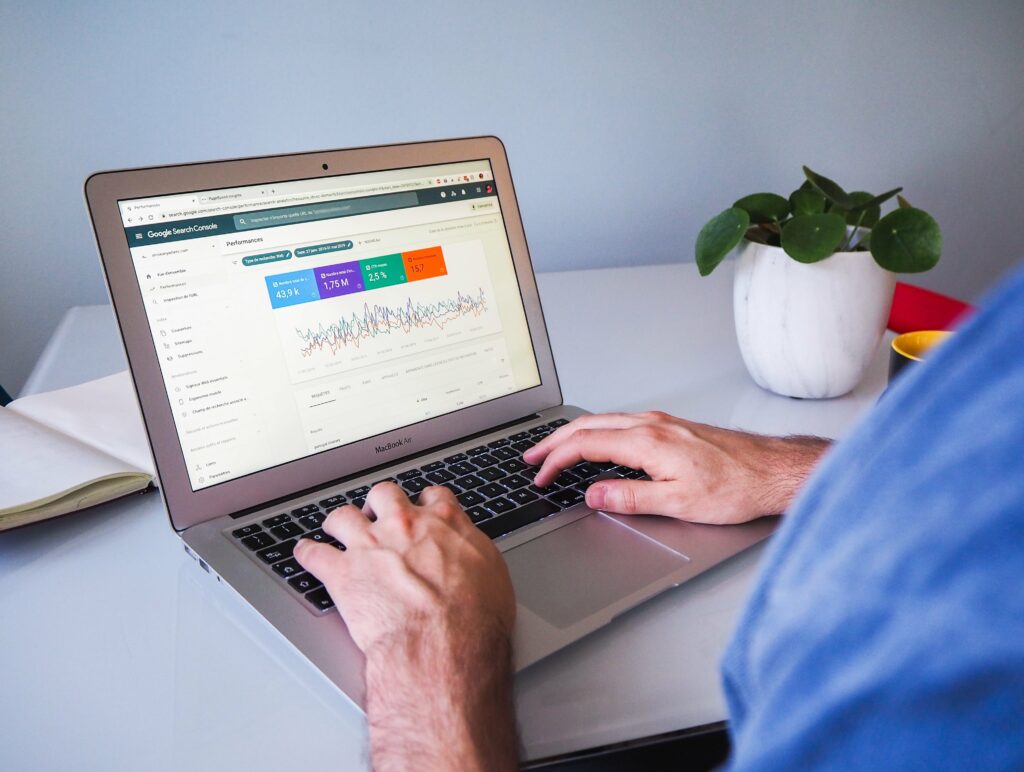
Measure Success (Or Failure) With Analytics
Besides saving time and your sanity, one of the significant advantages of marketing automation is the ability to measure and analyze campaign performance. Automation tools provide tour operators with comprehensive analytics and reporting capabilities.
By tracking KPIs such as conversion rates, click-through rates, and customer acquisition costs, operators can see if their marketing efforts are actually working or not. Also, using data to make decisions allows operators to optimize campaigns, identify areas for improvement, and drive better results as opposed to guessing the whole time.
So, how do you start measuring your campaigns with analytics? Here are the steps to automate the process effectively:
1. Set Clear Marketing Goals and KPIs
Define your marketing goals and establish KPIs that align with those goals. For a tour operator, common KPIs may include website traffic, conversions, bookings, customer acquisition cost (CAC), return on investment (ROI), or customer lifetime value (CLV).
Knowing what to aim for keeps your marketing efforts on track.
2. Implement Analytics and Tracking Tools
Integrate robust analytics and tracking tools into your marketing efforts. Popular options include Google Analytics 4, Adobe Analytics, or specific marketing automation platforms that offer built-in analytics features. Make sure these tools are properly set up to track the relevant metrics and capture data accurately.
3. Define Conversion Events and Tracking
Identify the specific conversion events that are important for your tour guiding business, such as booking confirmations or newsletter sign-ups. Set up tracking mechanisms to capture these events accurately, using tools like Google Tag Manager.
4. Automate Data Collection and Reporting
Utilize marketing automation platforms (e.g. HubSpot) or data integration tools to automate the collection and consolidation of data from various sources, so there’s less manual work for you.
This includes data from your website, social media platforms, email marketing campaigns, CRM system, and other relevant channels. These tools can automatically fetch, aggregate, and organize data into comprehensive reports so you don’t have to do it yourself.
5. Establish Custom Dashboards and Reports
Create custom dashboards and reports that provide an overview of your marketing performance and KPIs. If you’re using a marketing platform, it’ll present the data in an easy-to-understand format for you.
6. Set Up Automated Alerts and Notifications
If you want to stay ahead of opportunities or anomalies, configure automated alerts and notifications based on predefined thresholds or specific events. For example, you can receive an alert when website traffic surpasses a certain threshold, when a specific campaign generates a high conversion rate, or when the cost per acquisition exceeds the budget.
7. Apply Machine Learning and Predictive Analytics
Leverage machine learning (yes, AI) and predictive analytics capabilities within your analytics tools to automate insights generation. These algorithms can identify patterns, trends, and correlations in your marketing data, which can help you make decisions based on relevant data and optimize your marketing strategies.
8. Monitor and Optimize Performance
You need to regularly monitor the performance of your marketing campaigns and channels to identify areas for improvement, optimize your marketing efforts, and align with your KPIs.
You should also use A/B testing and experimentation to refine your strategies and drive better results.
9. Integrate with CRM and Sales Data
Integrate your marketing analytics with your CRM system and sales data to gain a comprehensive view of the customer journey. This allows you to track marketing-driven leads, measure campaign effectiveness, and assess the impact of marketing efforts on sales and revenue.
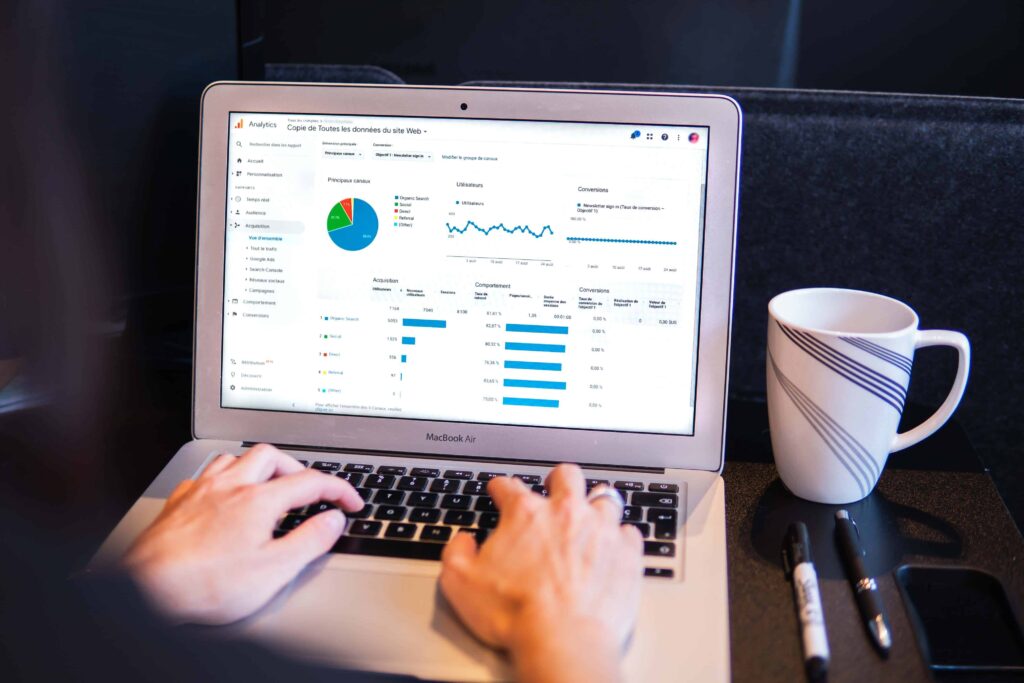
Marketing Automation Best Practices
Automating your marketing will help you reach goals faster and in a smarter way, but it’s important to stay on top of the best practices too.
Define Clear Goals and Strategies
This shouldn’t come as a surprise considering that we’ve started nearly every section with clearly defining your marketing goals and objectives. It’s important to understand what you want to achieve through marketing automation, whether it’s increasing website bookings or improving customer retention.
Build a Comprehensive Customer Database
Create a centralized customer database that integrates data from various sources, such as your website, booking system, CRM, and marketing automation platform. Make sure to collect and store customer information, including demographics, preferences, past tour bookings, and interactions for effective segmentation and personalization.
Segment Your Audience
Speaking of personalization, segment your audience based on relevant criteria, such as demographics, location, travel preferences, booking history, or engagement level. You can use this to personalize your marketing messages, offers, and content to specific customer segments.
Personalize, Personalize, Personalize
Use dynamic content and merge tags to insert customer-specific information, such as their name, location, or upcoming tour details (that you’ve already collected through Origin). With their information, you can customize the email content based on their interests, preferences, or past interactions with your company.
Additionally, personalizing visitors’ website experience with different software and tools can help drive bookings by presenting people with options they’re more likely to choose based on past interactions, demographics, or location.
Automate Abandoned Cart Recovery
Implement automated workflows to recover abandoned bookings. Set up triggers that send follow-up emails to customers who added tours to their cart but still need to complete the booking.
Further, you can offer incentives or personalized deals to encourage them to complete the purchase. This kind of automation helps you avoid missed opportunities and drive conversions.
Track and Analyze Key Metrics
They say, “what gets measured, gets managed.” And it’s true. If you’re measuring something, you’re likely to be managing it too. So, set up tracking mechanisms to monitor key metrics related to your marketing campaigns, such as website traffic, conversions, email open rates, click-through rates, and bookings. Use analytics tools to gain insights into the performance of your marketing efforts, identify areas for improvement, and optimize your campaigns accordingly.
Test and Optimize
Continuously test different elements of your marketing automation campaigns, such as email subject lines, calls-to-action, landing page designs, or personalization strategies. Conduct A/B testing to determine which variations yield better results and help you reach your goals. You need to regularly review your data so you can analyze the outcomes and make data-driven decisions to improve your marketing efforts.
Maintain GDPR And Data Privacy Compliance
Ensure that your marketing automation practices comply with data privacy regulations, such as the General Data Protection Regulation (GDPR). Make sure to obtain proper consent for data collection and use. Implement mechanisms to honor customer preferences for data processing and provide transparent communication about how their data is used.

TL;DR
In an increasingly competitive industry, tour operators need to leverage every advantage to succeed. Marketing automation empowers tour operators by streamlining their marketing efforts, saving time on marketing tasks, and driving remarkable results.
Tour operators can unlock the full potential of their marketing strategies by automating email campaigns, leveraging social media automation, personalizing website experiences, nurturing leads, and utilizing analytics.
It sounds intimidating, but by embracing automation, operators can focus on strategic initiatives, enhance customer experiences, and achieve long-term success in the dynamic landscape of the tour operator industry.




